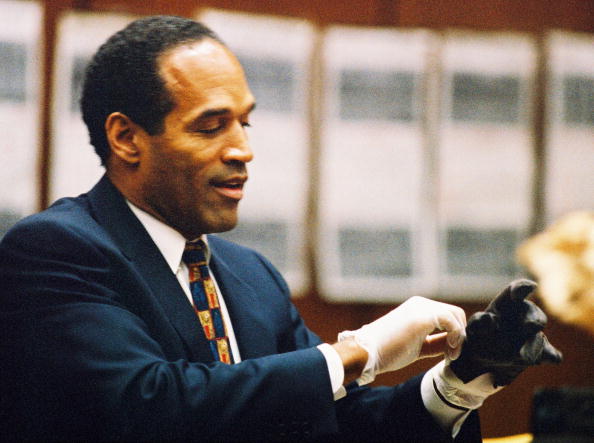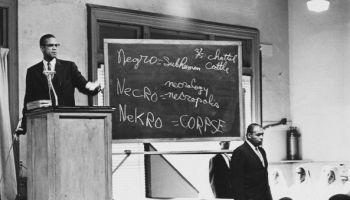President-elect Barack Obama wants to project fiscal restraint even as his economic team assembles a massive recovery package that could cost several hundred billion dollars.
A day after introducing the captains of his economic team and promoting a giant jobs plan, Obama on Tuesday is to lay out his budget belt-tightening vision. The dual images — big spender and disciplined budget watcher — were designed to give both political and economic assurances to the public, the Congress and the financial markets.
Obama also is expected to introduce Peter Orszag as his new director of the Office of Management and Budget, the White House office that serves as a funnel for federal agency budget requests. Orszag is the current director of the Congressional Budget Office.
Obama’s economic team embodies what at first glance seem to be mutually exclusive goals. Timothy Geithner, Obama’s choice for treasury secretary; Lawrence Summers, who will head the National Economic Council; and Orszag all have links to Robert Rubin, who as President Clinton’s treasury secretary pushed for a balanced budget.
But all three will also be part of an administration that will drive deficits to new heights with an economic plan designed to save or create 2.5 million jobs and redirect the economy over the next two years. Economists from across the political spectrum, including some who have served as informal advisers to Obama, have put the size of an economic recovery package as high as $700 billion over two years.
Obama summed up the challenge Monday.
“The way to think about it is short term, we’ve got to focus on boosting the economy and creating 2.5 million jobs, but part and parcel of that is a plan for a sustainable fiscal situation long-term, and that’s going to require some reforms in Washington,” he said during a news conference in Chicago to introduce Geithner and Summers.
“To make the investments we need,” he said at another point, “we’ll have to scour our federal budget, line by line, and make meaningful cuts and sacrifices, as well, something I’ll be discussing further tomorrow.”
Obama is already starting in the red. The federal government reported a record deficit of $237.2 billion in October, which reflected only a portion of the $700 billion Congress approved last month to rescue the financial markets. The government’s red ink has been rising over the past eight years, reversing a surplus achieved during the Clinton administration.
Leonard Burman, director of the nonpartisan Tax Policy Center, said Geithner and Summers reflect both the need for a large-scale stimulus to the economy and for fiscal restraint once the economy shows signs of improvement.
“What’s good about the appointments that Obama has made is that it suggests, in ways that his campaign never did, that he really understands this,” Burman said.
















